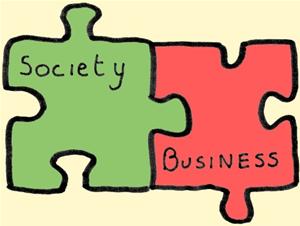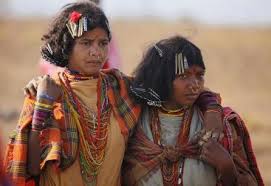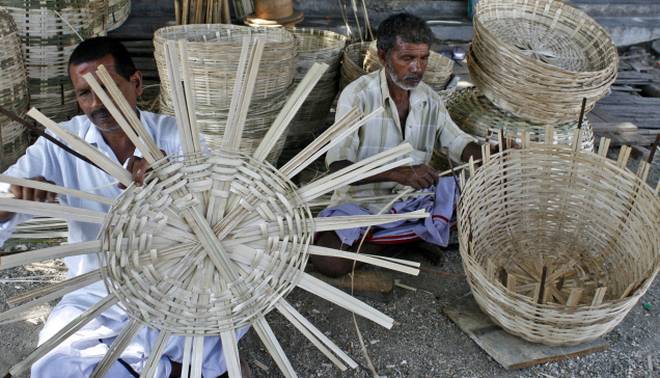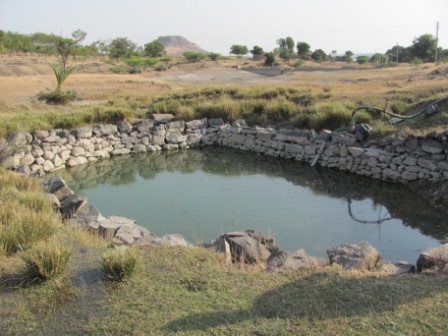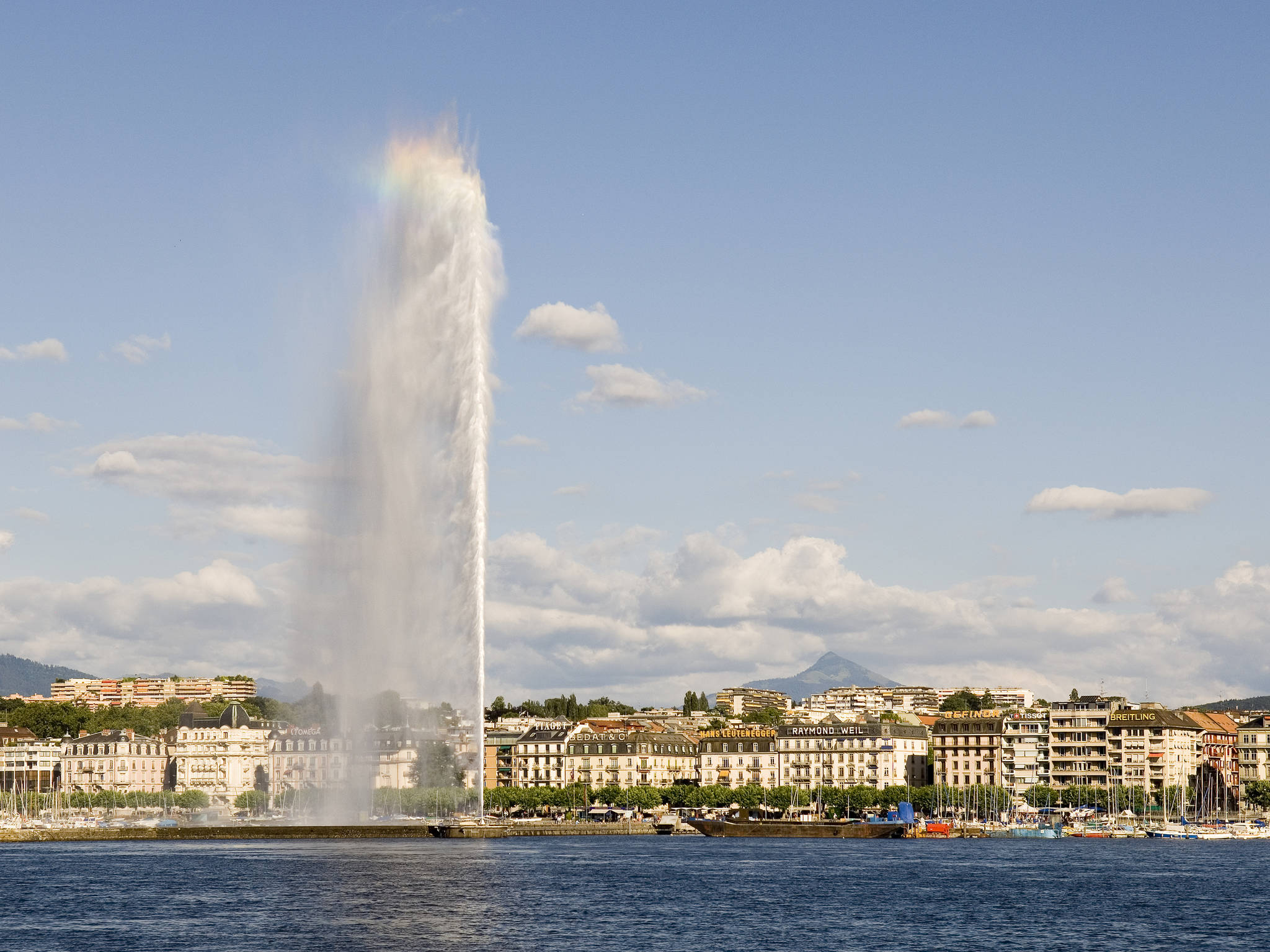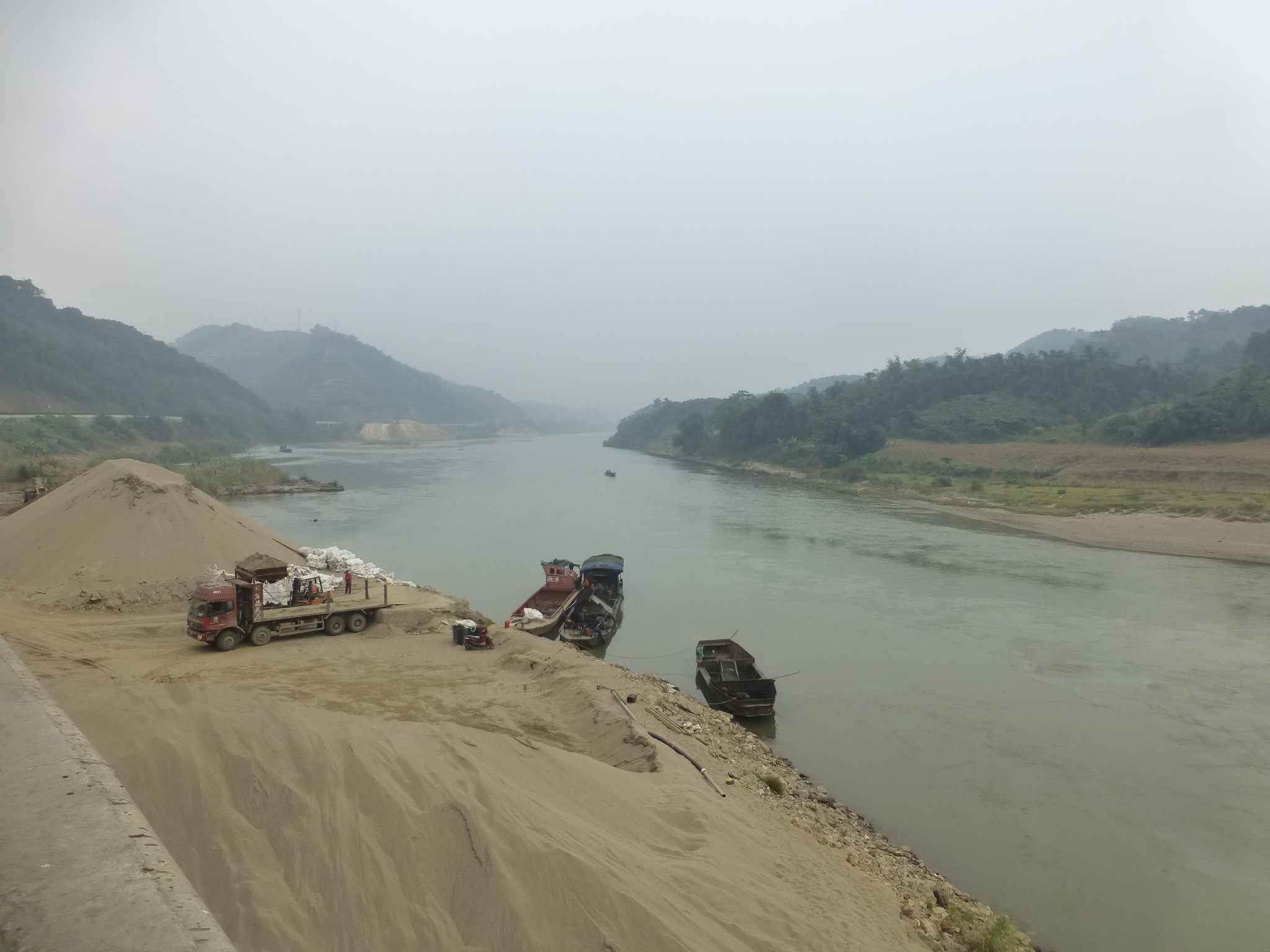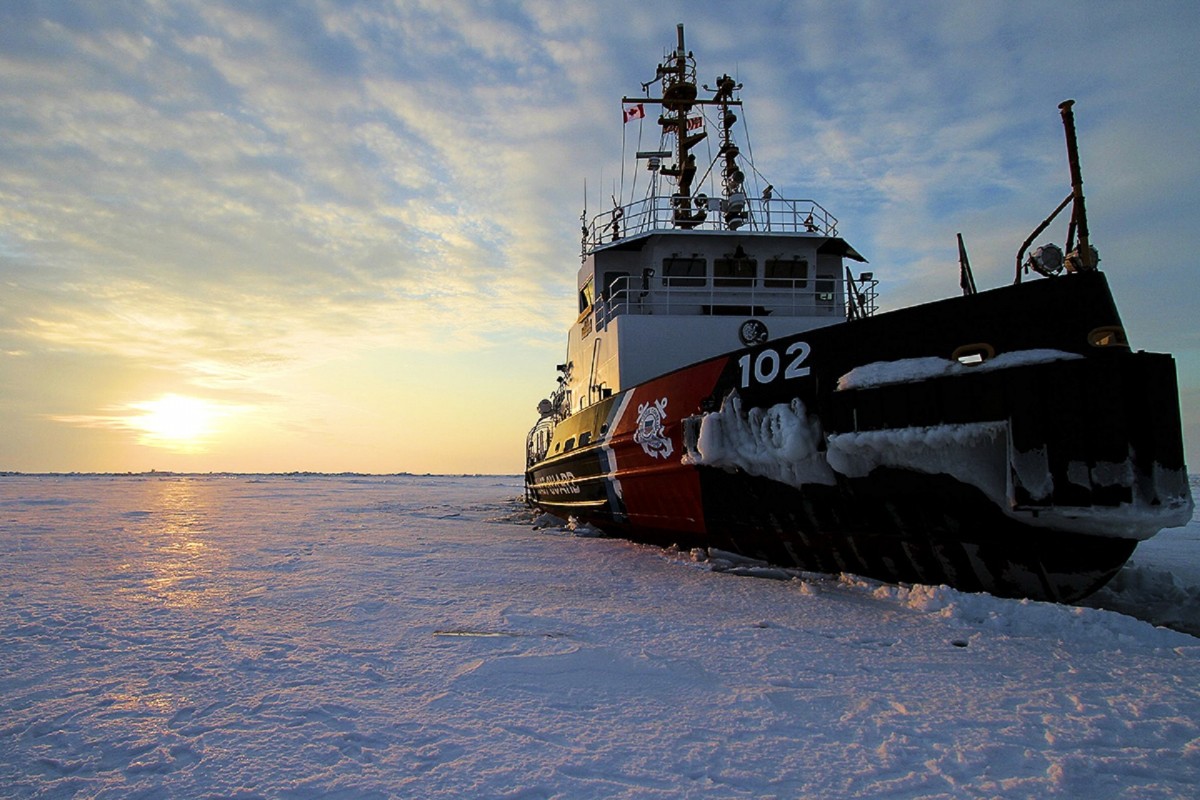Category: Multi-stakeholder Dialogue
About diamonds
- They arecomposed of carbon
- They burn when heated to bright red
- Their weight is measured in carat – 1 carat = 0.2 gram
- Diamonds were first discovered in India by Alexander the Great in 327 BC; then discovered in Brazil and described as “curious pebbles in 1725
The United States are the largest consumer of gem-quality diamonds in the world, but interestingly enough has no commercial mine production; the Crater of Diamonds State park in Arkansas is the only produce where the United States produces gem-quality diamonds.… Read More
Intro to Shared Value
Intro to Shared Value
Michael Porter, Harvard Business School Professor, and Mark Kramer wrote an article in 1999 called “Philanthropy’s New Agenda: Creating value, which discussed the idea that foundations could truly increase their social impact and adopt strategies aimed at creating value, instead of just pouring grant dollars.… Read More
The Rarest Diamond
It is estimated that there are only 30 red diamonds in the world, with each being less than half a carat. Its red color is due to an atomic deformity caused by extreme pressure.… Read More
State, Corporation and Tribal Community-Bauxite Mining in Odisha
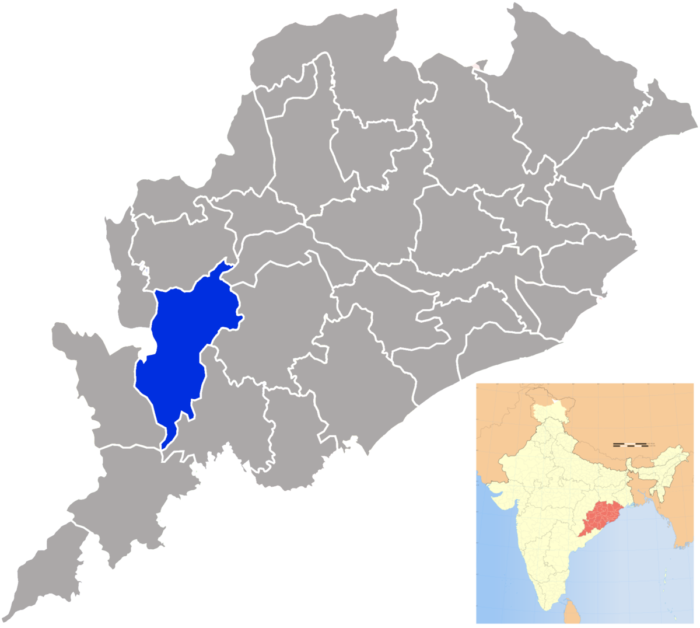
Odisha is one of the poorest states in India where half of the population operates below the national poverty line. In terms of Human Development Index, it ranks 22 among 29 Indian states (1).However, it is striking that it had recorded a stunning GDP growth of 8.74% (higher than India’s GDP 8.49%) in the period between 2004-2009.… Read More
Intersection of Forest Protection Act with Traditional Bamboo Weavers
As Forest Protection Laws became more stringent in India, the access of local inhabitants into forests became heavily restricted. I was in based in Dewas District of Madhya Pradesh (Central India) for a year in 2016 when I got in touch with Jhabral tribal community, a traditional bamboo weaving community.… Read More
The Urgent Need for Groundwater Governance: Role of Local Communities
While the groundwater is drawn to unsustainable levels at a global level, can local communities provide a solution to restore depleting water table? Hiwre Bazar is a model village in India known for its water restoring management.… Read More
Role and Responsibility of Switzerland in the Commodity Trade Sector
Switzerland, a resource-poor country, rose in only a few years to the world-wide biggest “turntable” for commodity trading. Switzerland is home to about 500 companies specialised in commodity trading and extraction, including giants such as Glencore, Vale, Cargill, Vitol and Trafigura.
A Heist by the Riverside: Proliferation of Sand Mining and Potential Reforms
1
A cursory glance of existent literature gauging the frequency and impact of environmental disasters on riverine settlements reveals worrying trends. These localities –transcending national divides – have become increasingly prone to crippling flash floods, accelerated soil erosion and dwindling groundwater levels.… Read More
Venturing the Uncharted: Regulating Fishing in the Arctic Ocean
The 21st Century is rife with narratives of threats and opportunities arising from dramatic climate shifts. Contemporary transfiguration of the Arctic marinescape attest to this trend: for perhaps the first time in 100,000 years, the northern extremities are traversable by deep sea trawlers.… Read More


